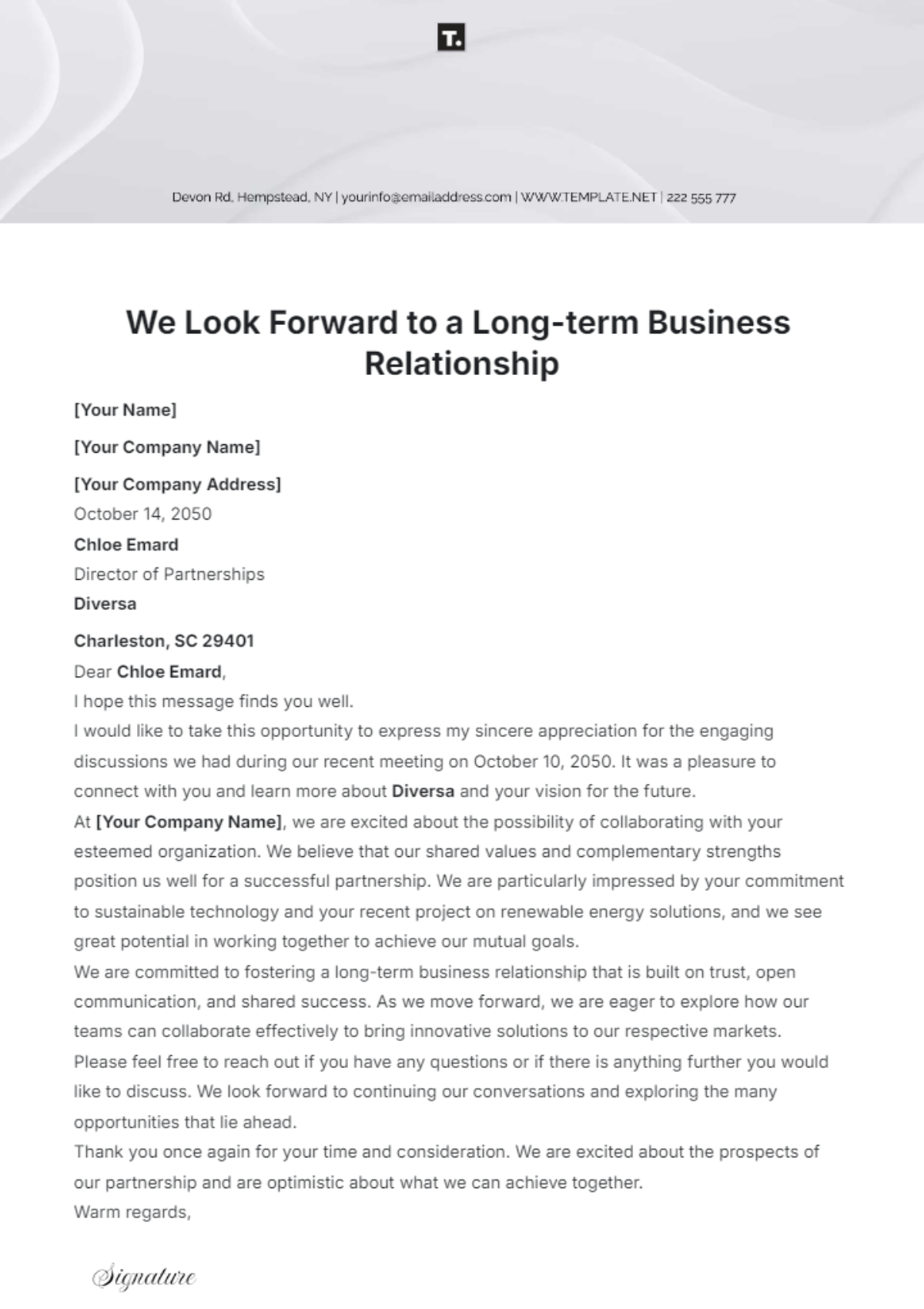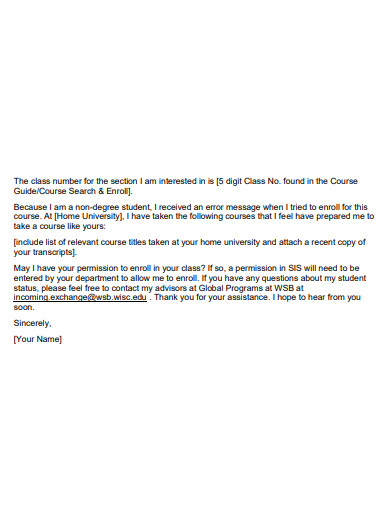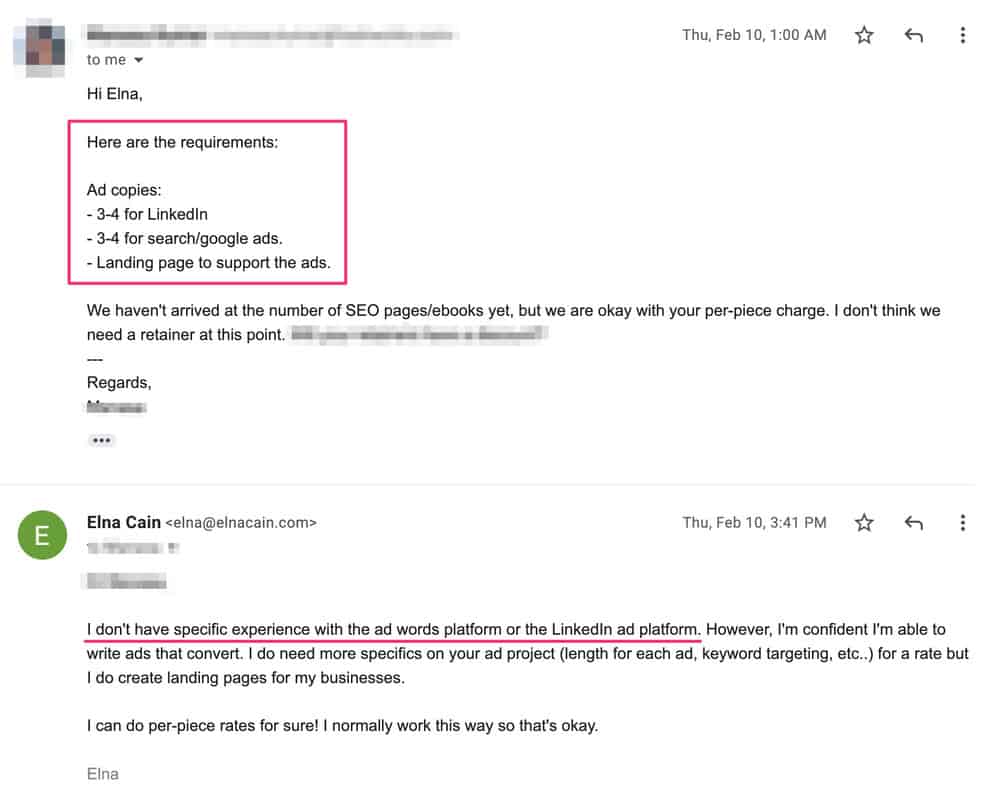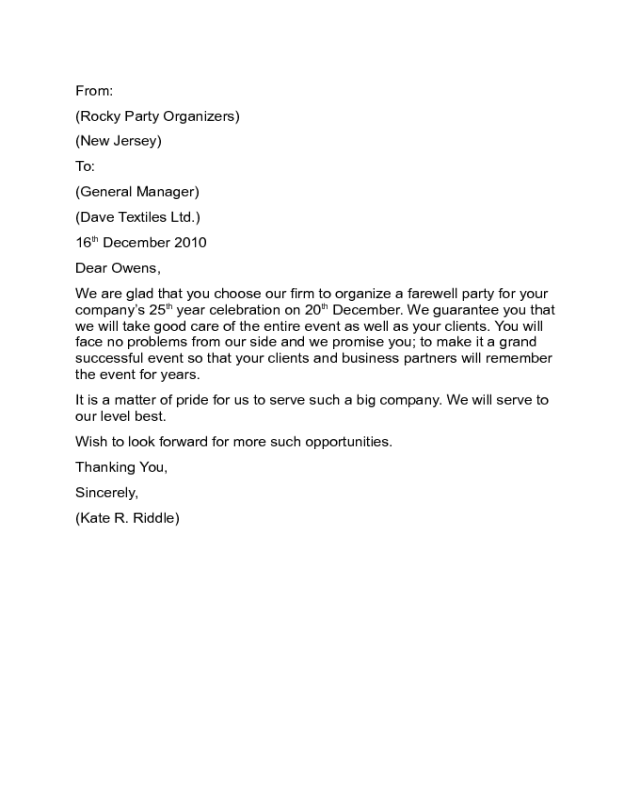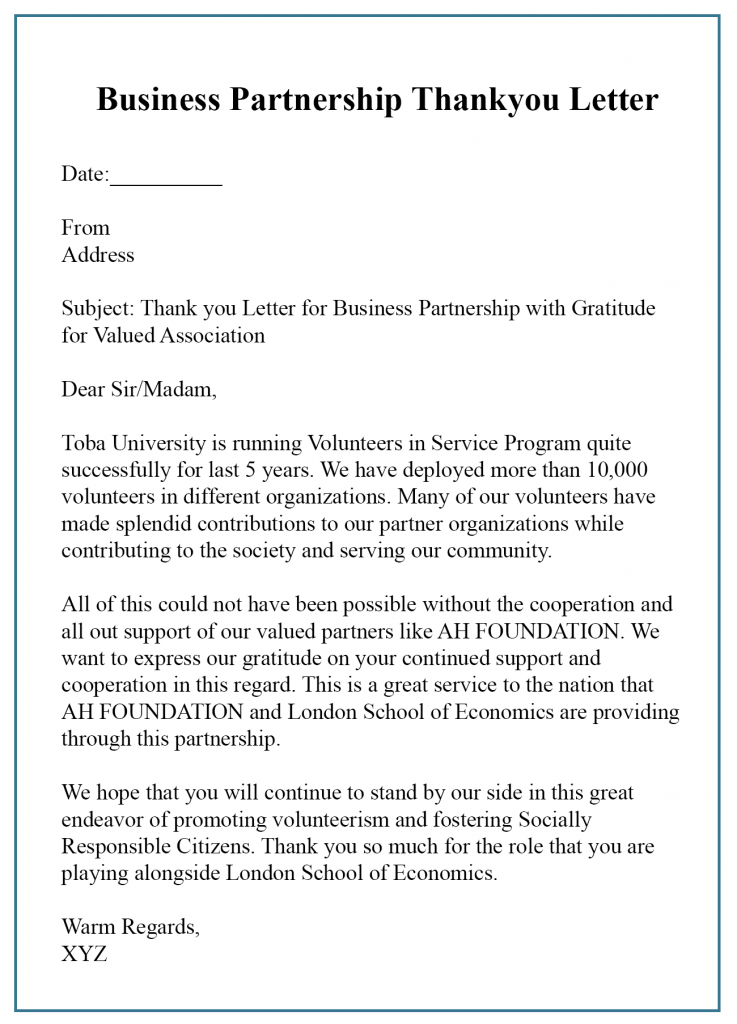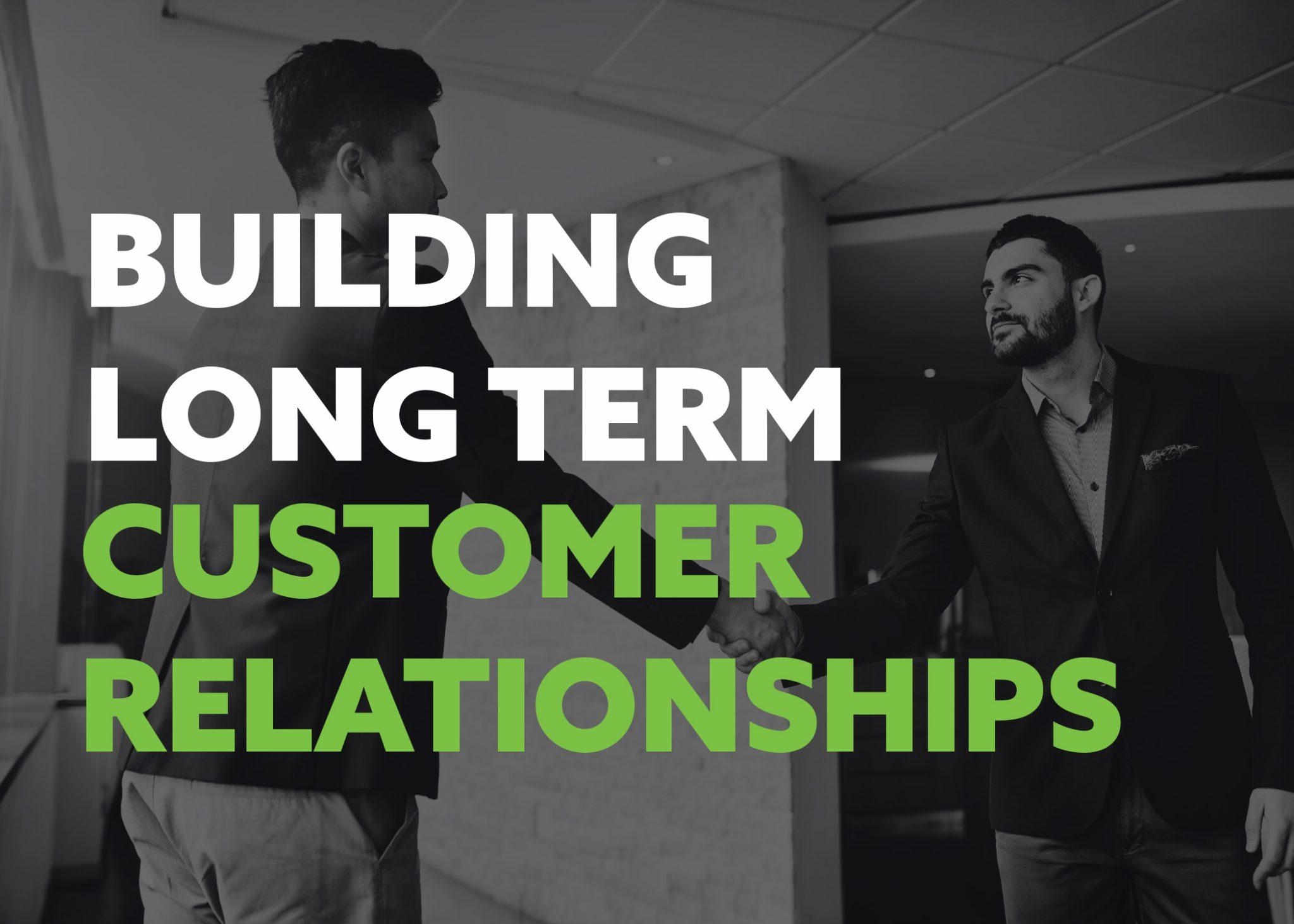Long Term Business Relationship Email
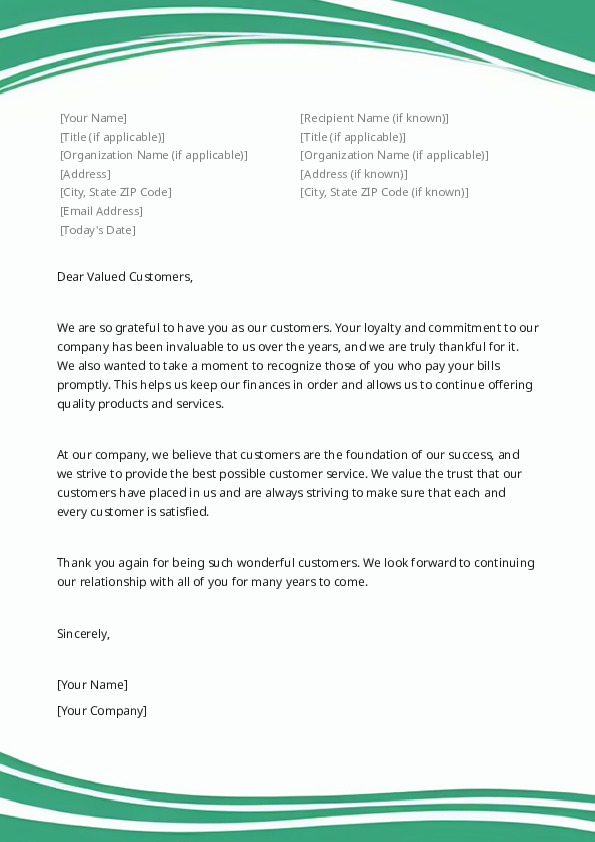
Urgent action is needed: Numerous businesses are reporting a critical failure in nurturing long-term relationships due to ineffective email communication strategies. This breakdown threatens client retention and future growth, demanding immediate reassessment of current practices.
Companies are struggling to maintain consistent and meaningful engagement with clients through email, leading to decreased loyalty and potential revenue losses. The need for a strategic overhaul of long-term business relationship email strategies is now paramount for survival in a competitive market.
The Crisis Unveiled: Lost Connections, Lost Revenue
The issue stems from generic, impersonal emails that fail to resonate with individual client needs. Reports indicate that open rates for long-term nurture emails have plummeted by 15% in the last quarter, signaling a clear disconnect.
Customer Relationship Management (CRM) data reveals a corresponding 10% decrease in repeat business. This suggests a direct correlation between ineffective email communication and client attrition.
Businesses across various sectors, including tech, finance, and retail, are experiencing this downturn.
Key Problem Areas: Where Emails Are Failing
Several critical failures have been identified. Lack of personalization is a primary concern. Emails often lack targeted content, resulting in recipients feeling like just another number.
Another major issue is infrequent or inconsistent communication. Gaps in email correspondence leave clients feeling forgotten, diminishing their sense of value.
Many businesses are sending emails with no clear call to action. This leaves recipients unsure of what to do next, hindering further engagement.
The Impact on Business: Real-World Consequences
The consequences of this email communication breakdown are significant. Client attrition rates are climbing, directly impacting revenue streams.
Damaged client relationships can lead to negative word-of-mouth and reputational damage. This makes acquiring new customers even more challenging.
Internal teams are experiencing increased frustration and reduced morale. Employees feel ill-equipped to manage client relationships effectively.
Solutions and Immediate Actions: Turning the Tide
Implementing personalized email campaigns is essential. Leverage CRM data to tailor content to individual client interests and needs.
Establish a consistent email communication schedule. Regular updates and check-ins will demonstrate a commitment to the client relationship.
Include clear and compelling calls to action in every email. Guide recipients towards desired outcomes, such as scheduling a call or exploring new products.
Invest in training for sales and marketing teams. Equip them with the skills to craft engaging and effective email communications.
Utilize email analytics to track performance and identify areas for improvement. Continuously refine your email strategy based on data-driven insights.
What's Next: Monitoring and Adaptation
Businesses must immediately assess their current email communication strategies. A comprehensive review of existing email templates and workflows is crucial.
Ongoing monitoring of key performance indicators (KPIs) is essential. Track open rates, click-through rates, and conversion rates to gauge the effectiveness of your efforts.
Adaptability is key. The email landscape is constantly evolving, so businesses must remain flexible and responsive to changing client needs and preferences. The situation requires diligent attention to avoid long-term damage to client relationships and business stability.
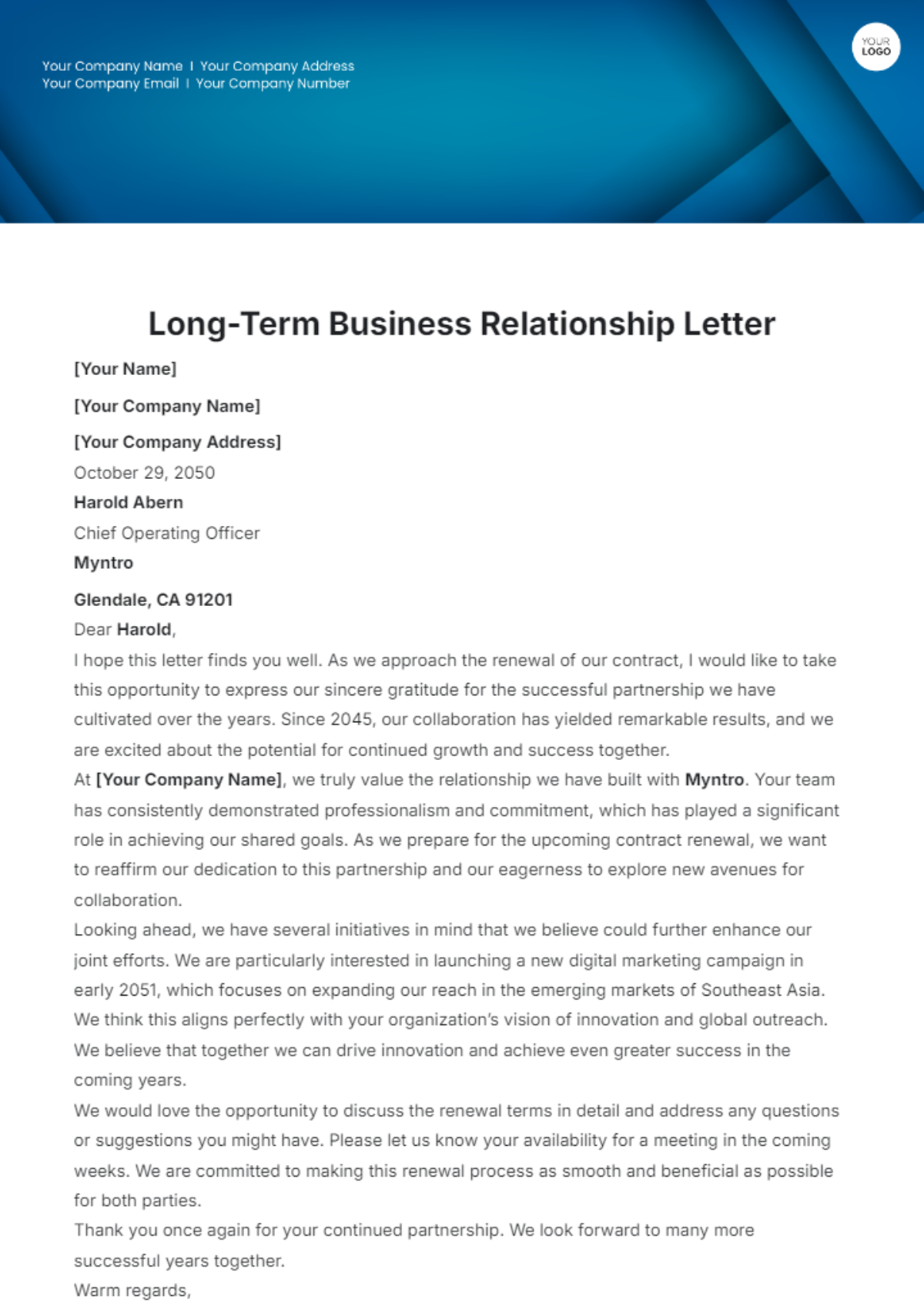
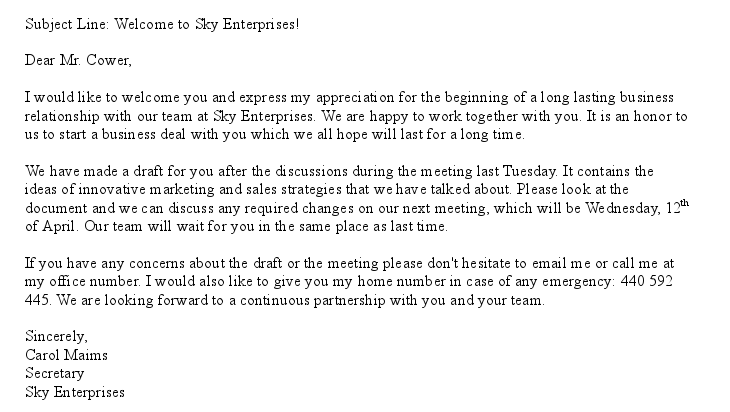
![Long Term Business Relationship Email 18 Business Email Examples & Templates [with Tips & Guides]](https://influno.com/wp-content/uploads/2023/07/Sample-Business-Inquiry-Email.webp)


